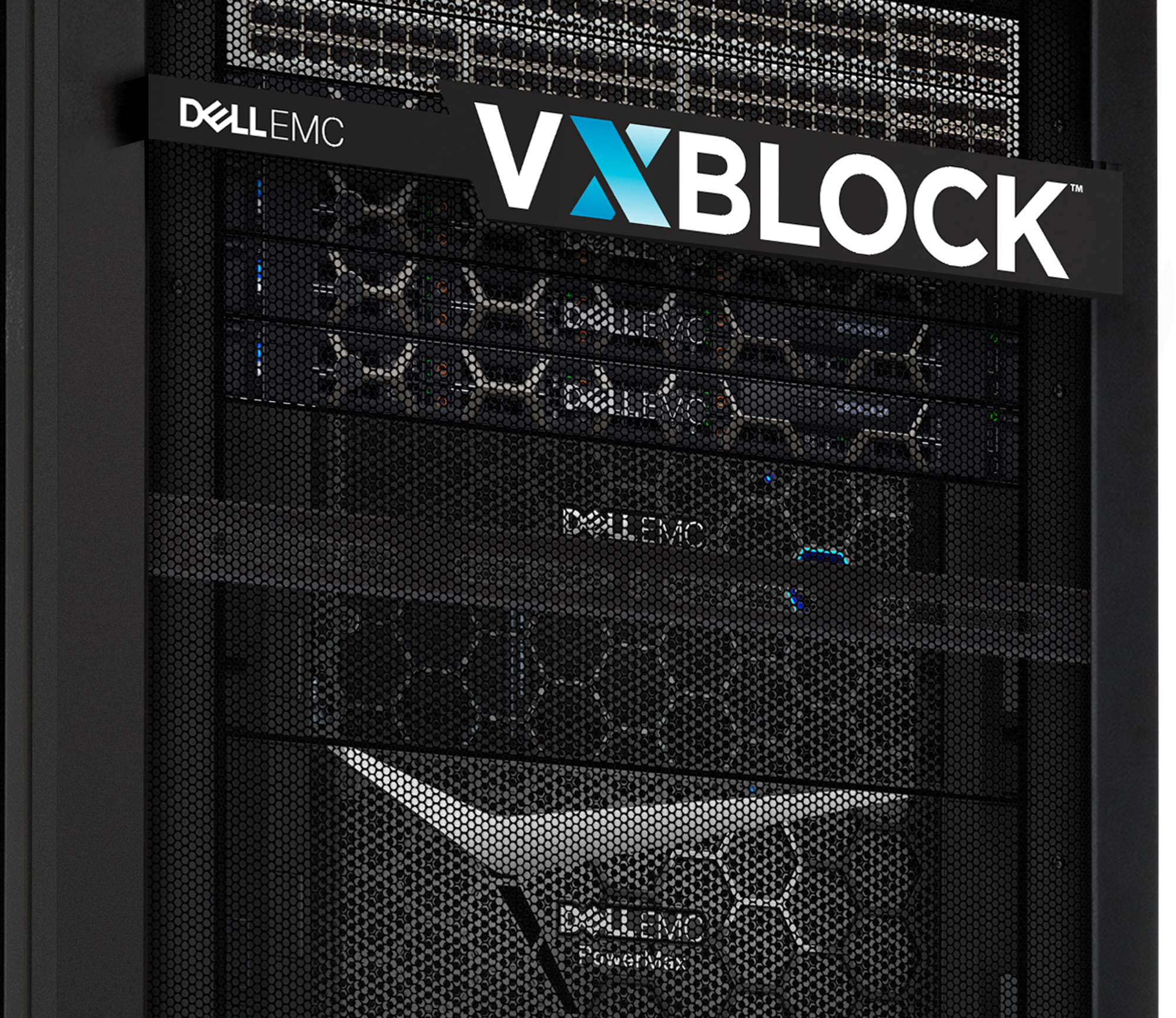Blogs
Blog posts about Dell VxBlock Systems

Reaching the Summit, The Next Chapter of VxBlock History
Wed, 06 Mar 2024 15:34:48 -0000
|Read Time: 0 minutes

Introducing new Converged Management Software with CloudIQ for VxBlock Systems
Thu, 16 Dec 2021 19:53:16 -0000
|Read Time: 0 minutes

Dell EMC VxBlock 1000: Some history and What’s New
Wed, 24 Apr 2024 12:57:21 -0000
|Read Time: 0 minutes

